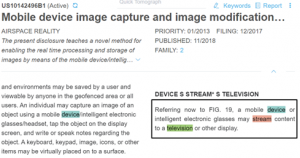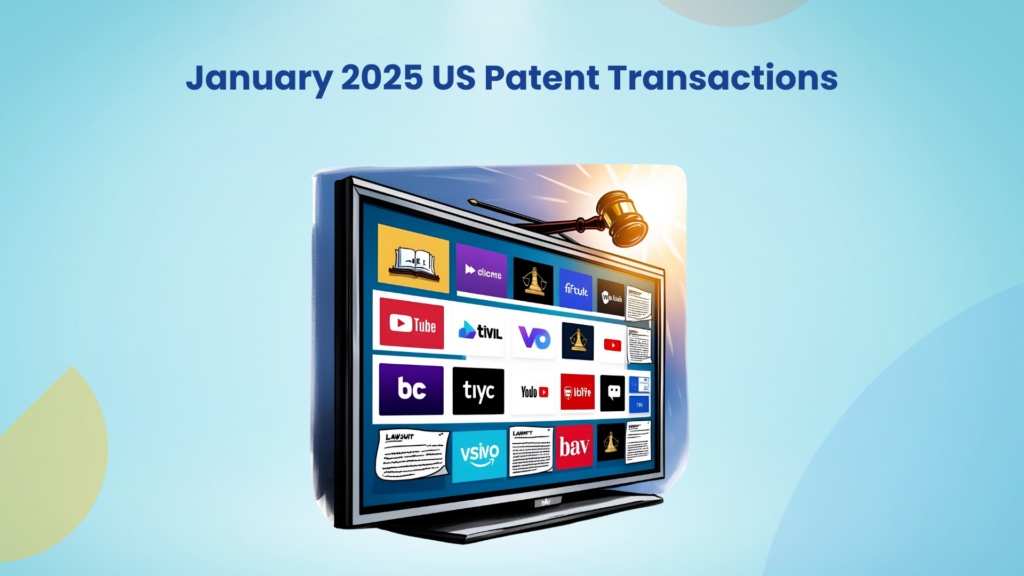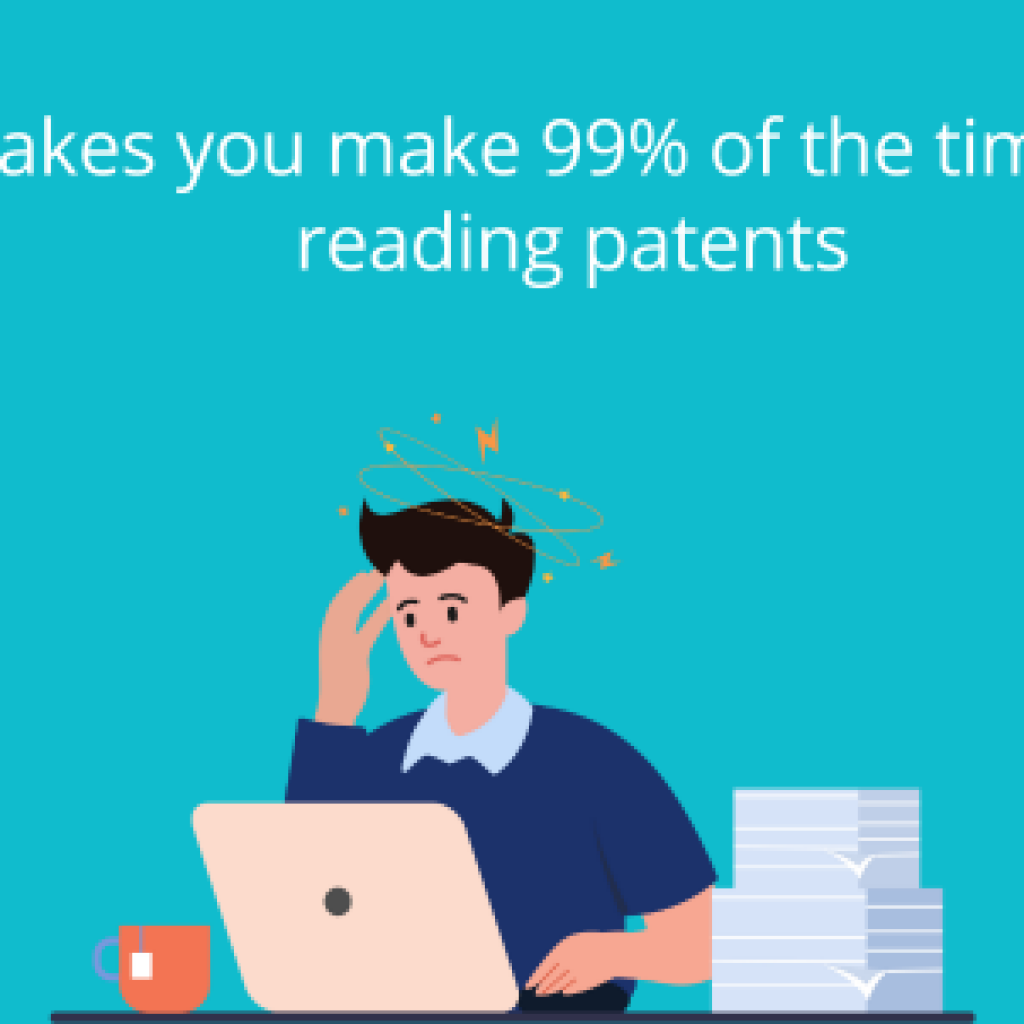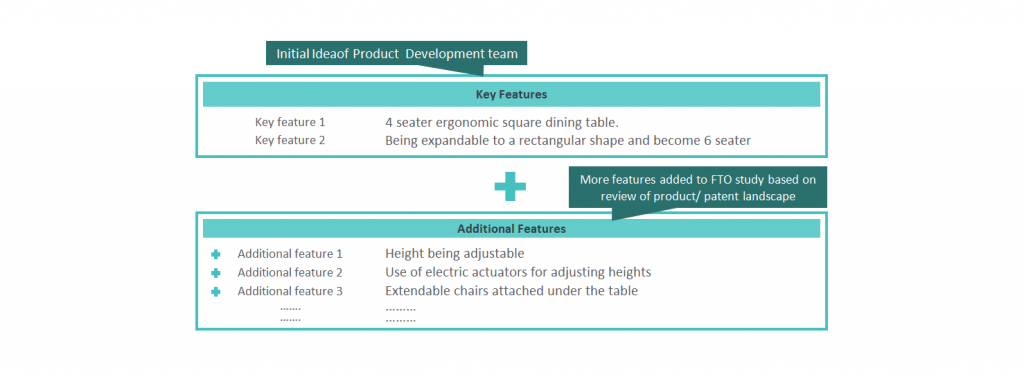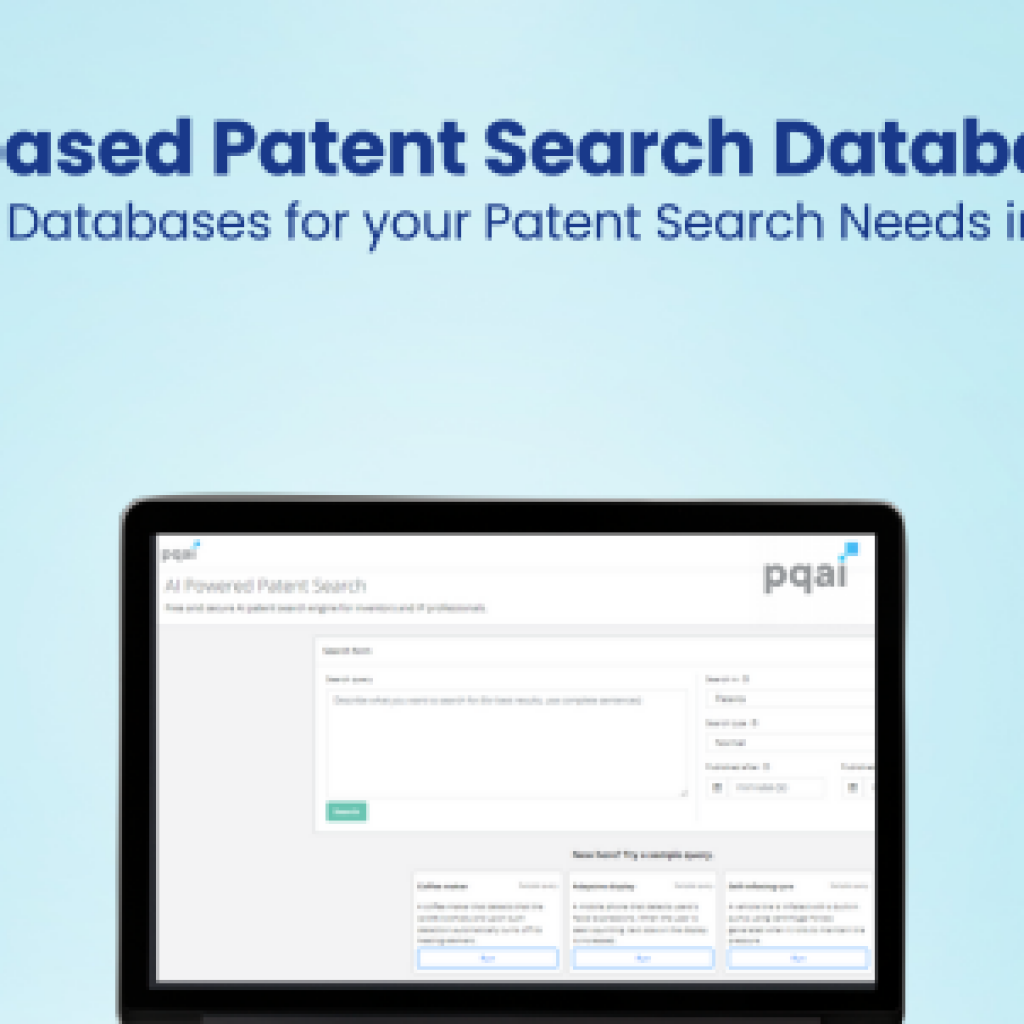While on a hunt for a killer prior art, even after putting in all your blood and sweat, it is not certain that you will hit right on it. One of the many reasons could be that the industry or, the technology area you are targeting, may not have the relevant prior art.
Where could it be then?
Probably someone from a different industry applied the same concept much before the date. But, that would mean entering into an unchartered territory where you do not know where to stop – checking each domain for prior art. “Can I put so much effort into it?”, you’d think.
Whenever I come across similar situations where I have no result in hand, I also get similar thoughts. How wide should I search.
But I love solving challenges. I think it is from my school days, which is why I enjoy this more. Let me share a recent case where I faced similar situations (after all, everything seems better with an example, doesn’t it?)
Finding killer prior art for Gary
Meet Gary, an entrepreneur, who received a notice that his screen mirroring device might overlap on a patent related to television data streaming. His laywer recommended our name, and he reached out to us to perform a validity search for the patent.
“I have changed all the names, technologies, mappings, and patent numbers without losing the context of what happened in the project so that I can tell the story without missing the important parts.”
I was aware that a miss of a relevant document could cause Gary to lose millions in licensing. There was too much at stake, for Gary and us.
The problem was I had spent 10 days exploring all the prior art search strategies but found nothing that could be used as X reference.
I had to raise a red flag at this time. Raising the red flag at GreyB means all the experienced team members and technical experts will come together and figure out how to crack this case.
While the brainstorming was going on, my mind immediately wandered to “what if the relevant patent, that discloses the required concept, is from a different technology domain? Can such a possibility exist?”
I immediately shared this idea with my project manager. He said that the answer to my question is always Yes, irrespective of what patent we are invalidating. The point that I should spend more time is what is the probability in this case.
It became obvious to me – referring to specific technology domains is not enough. i started listing down all the technology domains where the similar concepts could be applied. I quickly realized that exploring all these domains is a humongous task and will exhaust all the man-hours of the project. Not to mention, we were short on time already!
So what did we do next?
Combining the Power of Man and Machine Intelligence
I got back to searching and started focusing on one feature ‘device to television data streaming’. I wanted to look at all the technology domains where this feature is being talked about.
Within a few hours, I stumbled across a document, US98XXXXXB1, with the Title – ‘Mobile Image Capture And Modification Including Filters In Augmented Reality.’
The patent document was related to AR and all my senses were telling me to ignore this patent.
But, I have to study how patents in other domains are handling screen mirroring. To reduce my analysis time, I used our internal analysis platform – SLATE, to quickly fetch the relevant text of the document based on my search criteria.
SLATE gave me an excerpt buried in the description that stated – “a mobile device or intelligent electronic glasses may stream content to a television or other display”. The document ended up being super-relevant to us.
SLATE saved my day!
One more case –
In another recent patent validity case, I was looking for the concept of ‘rendering options like fast forward, skip, etc., to transition between real-time rendering and time-shifted rendering.’
When researching, I came across a patent titled, ‘Advanced Text Analysis In An Instant Messaging Environment.’ It seemed super irrelevant if observed superficially or even with certain tools. But when I was analyzing it in SLATE, I noticed that the relevant concept was described in just one line in an embodiment. Just one line.
The same day, I shared it with the client, and he said this – “The prior art reference looks promising. Good job! Could you please prepare a detailed claim chart?”
I was like, Yes!
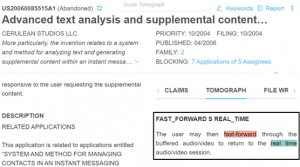
Conclusion
I think we all agree that a miss of a relevant document may be catastrophic. All the royalty money that you could have saved. Hence, you would want a researcher to not miss any relevant documents. People know how to perform exhaustive research using all the strategies available, but sometimes you need sophisticated tools that can help you see where you would probably ignore.
So the next time, you have a prior art search. Do mention your search partner to step into the wild for once. You never know what they can find there. 🙂
Want us to combine the power of man and machine (we like to call it SLATE) to find a killer prior art for you? Feel free to send us a message:
Authored By: Shivam Kansra, Prior art team.


